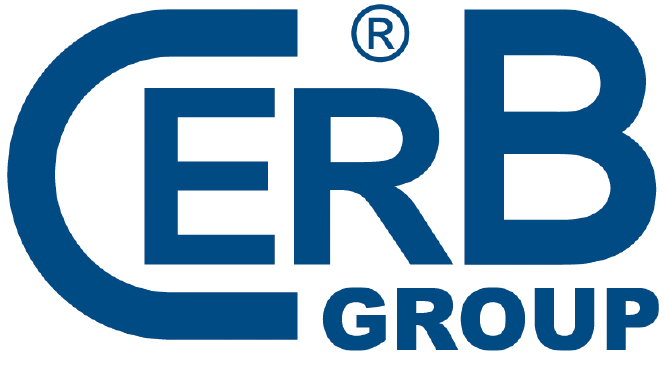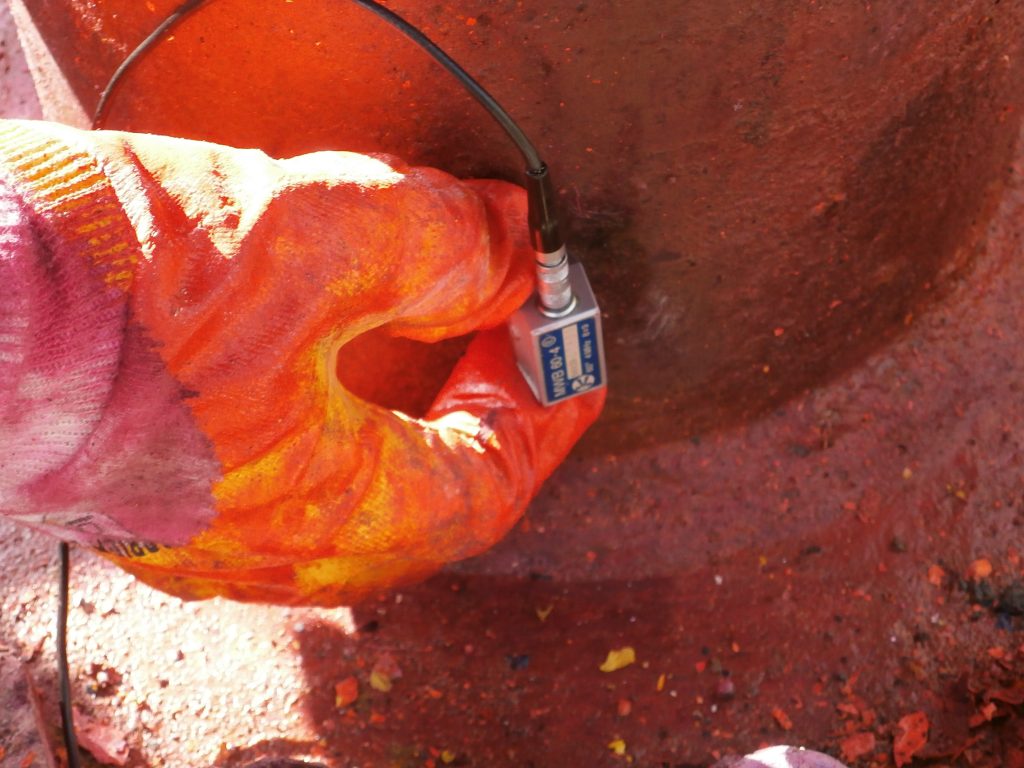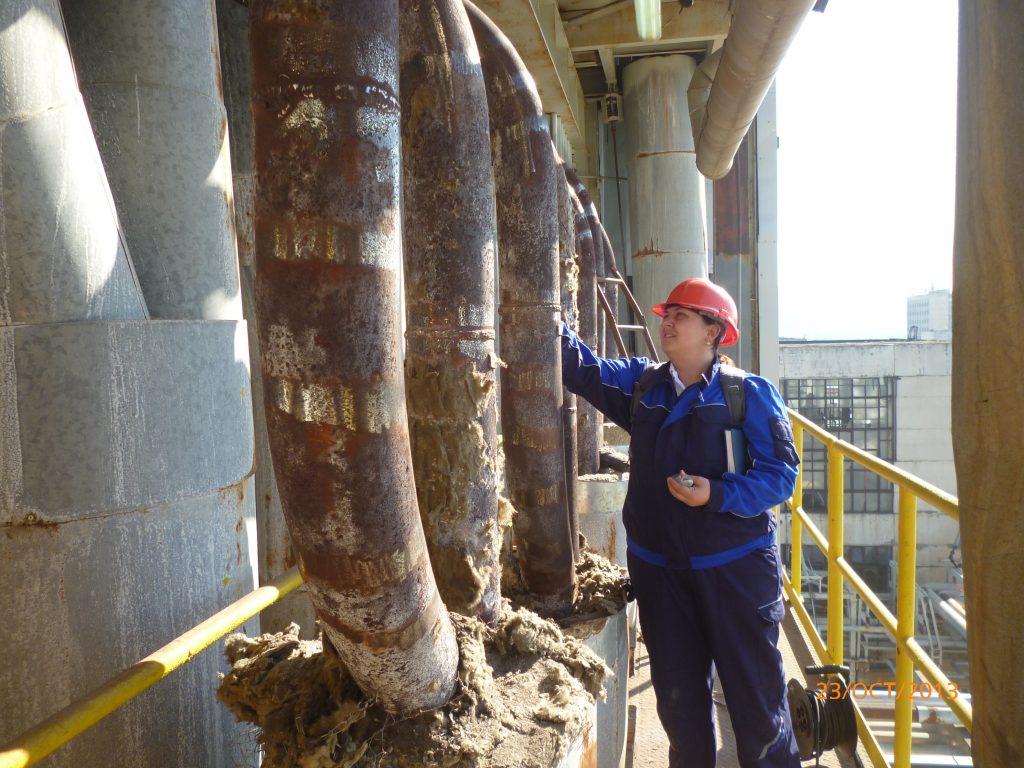ЦKM
August 16, 2019ЦЭРБ ЦКМ
October 28, 2019
Scope of the tests
- Turbines – shafts, paddles, diaphragms, corpuses, valves, bolts, studs;
- Generators – rotors, bandage knots ;
- Under pressure vessels ;
- Metals and alloys – rolled metals, pipes and pipe joinery, forge work and moldings ;
- Lifting and transport equipment – carrying constructions of cranes, welded joints, hooks, casting ladle handles ;
- Welded joints and springs.
Testing methods
Non-destructive methods :
- Radiographic control ;
- Ultrasound control ;
- Magnetic particle control ;
- Penetrating control ;
- Visual control with endoscope or borescope for hard to reach places ;
- Testing for density ;
- Measuring the hardness ;
- Measuring the thickness of the wall ;
- Chemical analysis ;
- Thermovision inspection of metals & non-metals.
Destructive methods :
- Microstructure analysis ;
- Macrostructure analysis ;
- Mechanical tension tests ;
- High temperature creep and long-lasting strength tests ;
- Evaluation of the remaining life resource of the equipment through a calculating method.
Methods – own development
- Procedures for operation of all types of non-destructive and destructive control ;
- Methodology for inspection of shafts of turbine rotors from the main channel, where a visual inspection with endoscope, ultrasound control and measurement of the residue deformation of the shaft are included.
- Methodology for non-destructive control of bandage rings for rotors of turbo generators with hydrogen cooling ;
- Testing of turbine paddles with ultrasound and eddy current fault detection methods ;
- Methodology for input control of newly places steel pipes for boiler equipment in a power plant.




